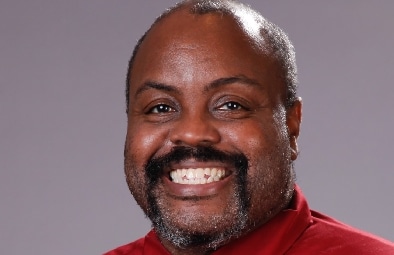Recently, there has been a large emphasis by organizations that are interested in addressing bias, health equity, and increasing diversity. The verdict is still out if these are real structural changes, or just surface statements that have no real impact.
It is well-known that diverse teams bring diversity of thought, lived experience, and race/ethnicity to teams and subsequently this can improve overall performance and impact. Listening to diverse voices reduces the likelihood of confirmation bias; minimizes group-think; and reduces bad medical assumptions such as pulse oximeters not working on dark skin, Black patients not feeling pain, and errant eGFR calculations in Black patients.
Many agencies that fund research grants are looking to increase the diversity of their applicants and awardees. While these are great ideas, there are seven key considerations that minoritized scholars will assess to determine if they should apply for funding.
- Diversity of the Board of Directors
Applicants will see if the Board of Directors has visible diversity that is consistent with the groups that the organization is striving to help.
- Diversity of Senior Leadership
It is well-known that there is still a significant lack of diversity in leadership in STEM, nonprofits, academia, medicine, and pharma. As many organizations list their leadership, applicants will look for photos. If they need to go on a scavenger hunt, then they are likely to believe that diversity is not prioritized.
- Diversity of overall staff
Another consideration is the overall staff diversity. Are you capturing racial/ethnic diversity, LGBT representation, gender, visible or invisible disability (with the caveat that some will not want to report this), and/or neurodivergence (ADHD, Autism spectrum disorder, down syndrome, etc)? Do you have ERGs? Are these numbers reported annually?
4. Diversity of the Review Committees, Scientific Advisory Board, or Scientific Review Panels
There is already significant bias and racial inequality in obtaining NIH and NSF funding. Applicants will look at who, where, and what institutions are represented on Scientific Grant Review Panels. Is there racial/ethnic, geographic, institutional, and gender diversity? True diversity should include a broad representation of individuals from Tier 1, Tier 2, Tier 3, HBCUs, HSIs, NASNTI, and AANAPISIs, depending on the target demographic.
- Who are the historic recipients?
Applicants will look historically across your funding mechanisms to see who and where previous awardees have come from. Many non-federal agencies often list display awardee photographs. If it is repeatedly the same institutions, then it will be perceived as biased. If you are making mechanisms for diverse scholars, are the recipients diverse and are the reviewers of these grants diverse? If not, then these mechanisms will not have the desired result or impact and will further diminish an organization’s reputation. People will also be less inclined to apply.
These last two points are less directly critical, but will still be evaluated by those that are applying.
- Is this a public or private organization?
If your audience hails from low socioeconomic status and marginalized communities, then it will be harder to convince them to apply to a private foundation. There are multiple reasons for this, but in general, public ones are perceived to be more accessible to lay people. Private organizations need to overcome the perception that private means entitled and aloof. Additionally, many first-generation scholars are only aware of the large foundations, many do not know about the smaller disease specific or purpose-based organizations.
- Established presence in the communities/societies.
This ties into point 6. Does the funding agency have or intend to have an established presence in the communities from which they are trying to draw applicants, beyond just the funding mechanisms? Are you providing any programs or educational content in the communities, creating online resources (webinars, podcasts), using print or media (TV, flyers, newspapers), or attending health fairs to provide information to people in the language and communication style that they want to hear. Are you meeting people where they are instead of where you want them to be? Lastly, are you going to conferences that serve underrepresented scholars and presenting and listening to them? If you have difficulties finding diverse scholars, then you are looking in the wrong places.
Eugene Manley, Jr., PhD is the Director of STEM Workforce Initiatives at LUNGevity, one the largest lung cancer patient advocacy organizations. Dr. Manley is a Biomedical Engineer and Molecular Biologist that is dedicated to Mentoring, STEM outreach and engagement, Health Equity, increasing Workforce Diversity, and advocating for underrepresented, underserved, and marginalized populations.
Interested in learning more about equity, diversity and inclusion in healthcare? Let us know what you’d like to see and please consider supporting the Society by joining here: https://participatorymedicine.org/memberships/. Thank you!







Recent Comments